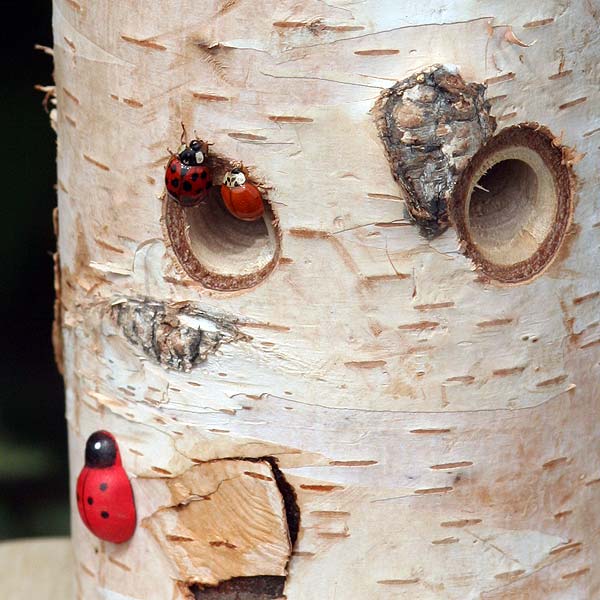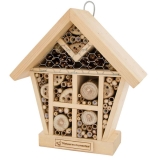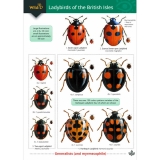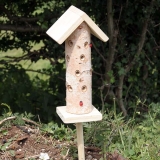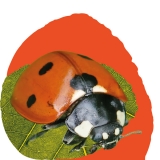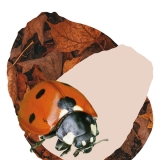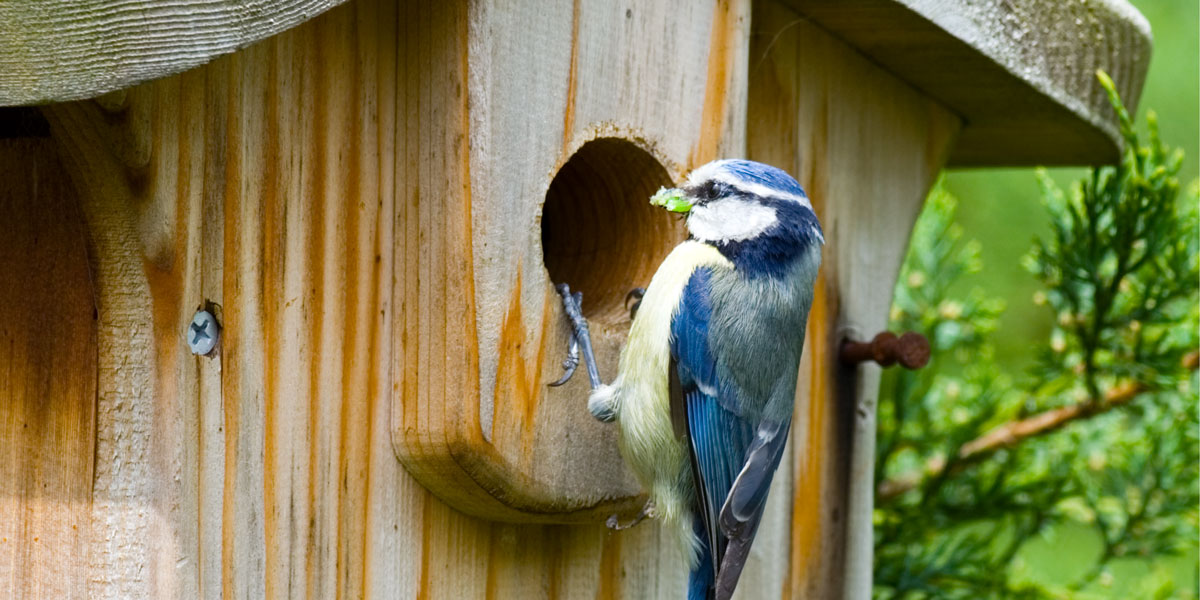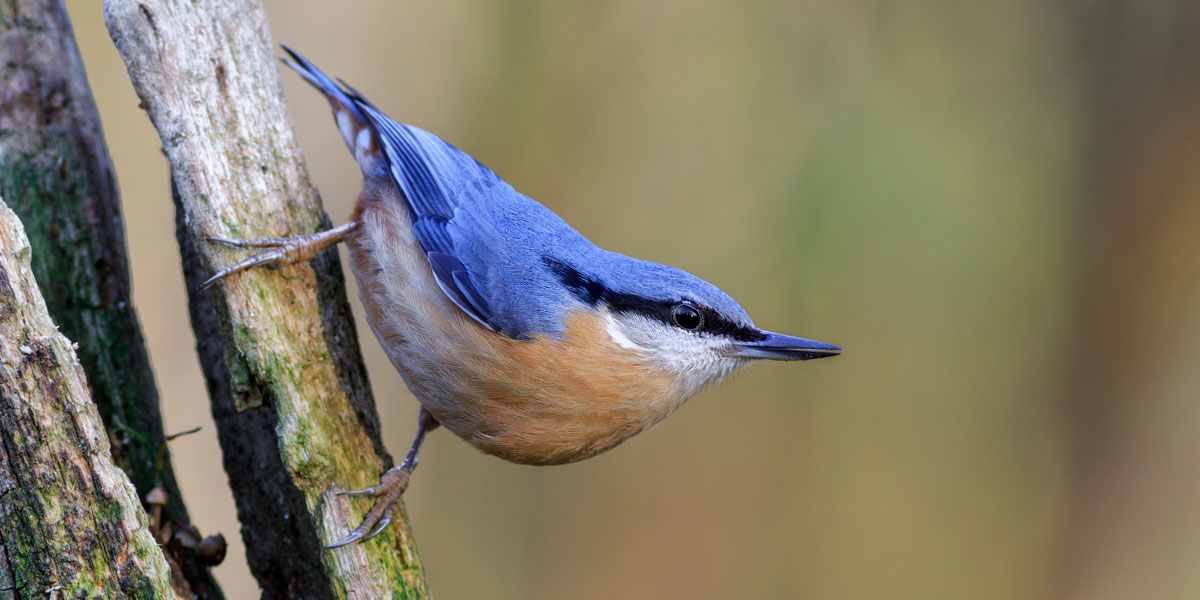Explore Our Garden Wildlife Blog
Browse or search by Category or Keyword below, alternatively click on any Tag to see related articles.


Ladybirds: Houses, Habitat & Food
By Sean McMenemy
18th July 2022
Last Updated: 9th September 2022
Ladybird Identification
There are approximately 46 species of ladybird in the UK but only 26 of these are easily recognised as ladybirds with the expected combinations of bright colours and spots. They are a small beetle with a roundish body. Their colours vary but the most common have a body that is bright red, black or yellow with black, red, yellow or white spots. Their size varies dependant on species, however ladybirds are no more than 12mm, with small heads, short antennae and short legs. The most common ladybird is the seven-spotted ladybird (red wing-casing with 7 black spots) which is approximately 6mm and has a wide distribution throughout the UK.


How do Ladybirds Reproduce?
Almost immediately after emerging from hibernation the ladybirds are ready to mate. Once they have done so, the female will lay her eggs in a sheltered place (commonly on the underside of a leaf). Normally the female will place her eggs close to a food source – preferably a large density of aphids. If such an abundant food source is unavailable, a female ladybird has the ability to delay laying their eggs for up to 3 months while waiting for a suitable site for her young. The eggs, yellow or orange in colour and laid in batches of up to 50 are about 1mm in length, will hatch within 10 days and the emerging larvae begin to feed, sometimes not even differentiating between the aphids, unhatched eggs or their siblings!
Continuing feeding for a period of weeks the larvae then enter a pupa stage which can last up to 10 days after which they will emerge as a nearly adult ladybird. As with most insects fresh from a cocoon, they will be soft or “teneral”, but within a short period of time their shells become hard and they are fully established adults.
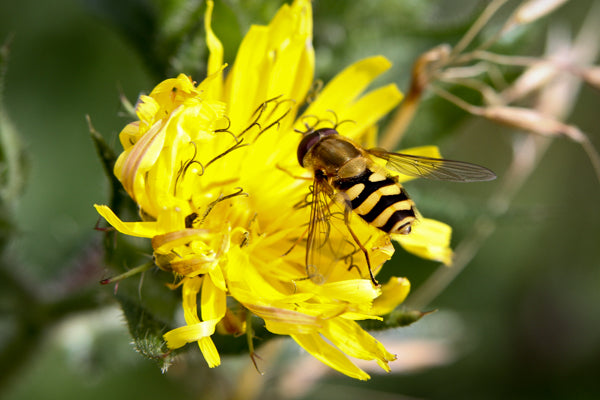

Where do ladybirds live and nest?
As with the seven-spot ladybird, most species can be found almost everywhere in the UK as long as there is a reasonable food supply available. Ladybirds are most commonly found in small shrubs, trees and grass. Details on their hibernation habits vary with species type. Sheltered areas such as garden sheds, under tree bark and in dense vegetation are prime targets and they can often be found huddled together in large groups in sites that they will return to year after year. There is speculation that the pheromones released by active ladybirds to deter predators during the warmer months are also used to attract other ladybirds to hibernate in the same place during winter. This communal fashion is thought to increase survival chances especially in the coldest of winters. However, with many species – over-wintering has yet to be recorded in Britain, thus maintaining their “mystery” status as to their hibernating habits.
How long do ladybirds live for?
Ladybirds live for around one year but some have been known to reach two years.
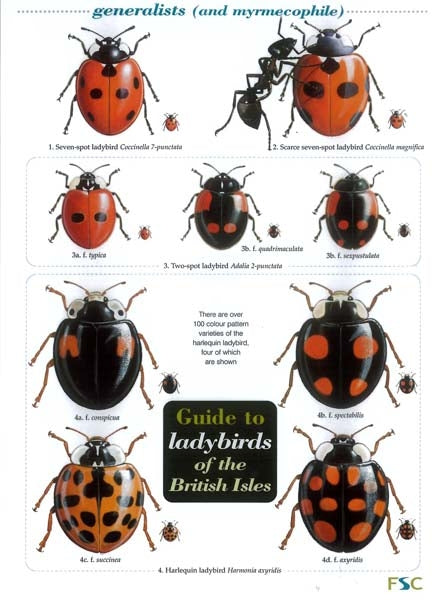

What do ladybirds eat?
Ladybirds love to eat small, wingless insects known as aphids and can eat up to 5,000 within their lifetime! However, they also enjoy snacking on pollen from flowers and herbs, making them helpful pollinators. From sunflowers to marigolds, dill to fennel, these hungry creatures have plenty of favourites.
How many types of ladybirds are there in the UK?
In the UK, there are around 46 different species of ladybird. Around 26 of these are known as ‘conspicuous’ ladybirds, featuring the classic red colour and distinctive black spots. The rest of the species are known as ‘inconspicuous’ ladybirds, which are smaller and dull in colour.
Role of Ladybirds in The Garden
Ladybirds are extremely useful to us in our gardens with both the adults and larvae of numerous species feeding voraciously on the highly destructive aphids (greenfly / blackfly) as well as other soft-bodied insects and their larvae, providing natural protection for both our flower beds and vegetable crops.
How You Can Help Them
Ladybirds do not just feed on aphids, they also require a source of pollen for food and they have their own preferences as to which flowers attract them. With a tendency towards scented geraniums and marigolds, they also like nasturtiums and lavenders. Another benefit is a herb garden that includes dill, parsley and thyme among others. A well placed ladybird tower/beneficial insect home placed within flower beds is a source of shelter during the summer months (nice and close to their food supply), and suitable quarters for hibernation ready for the following year. Ladybirds are sensitive to the majority of synthetic insecticides which, if not directly causing them harm, do affect their food supply and thus force them to seek alternative habitats to feed and lay their eggs and refraining from the use of insecticides is always recommended for the good of all your garden wildlife.
External sources/references






